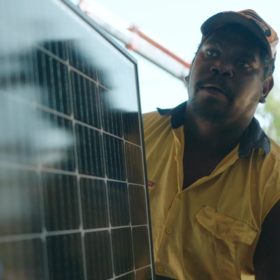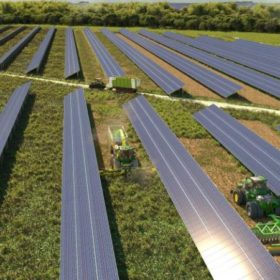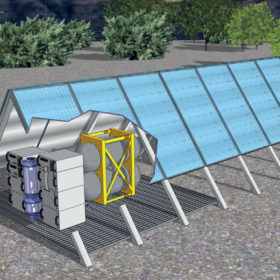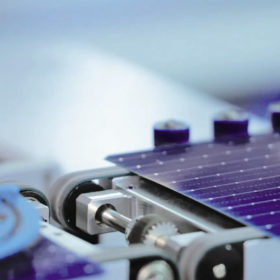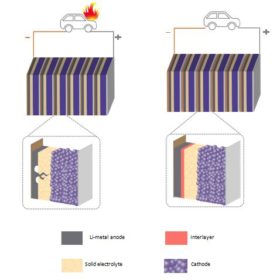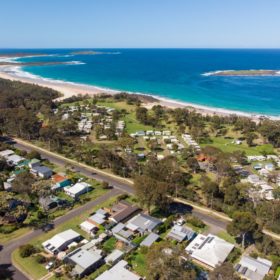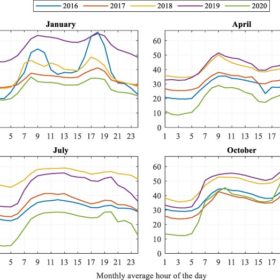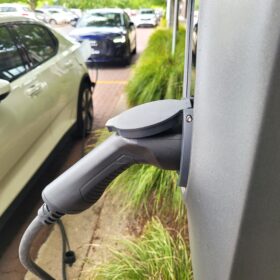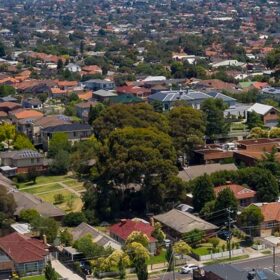Rooftop solar cheaper for Indigenous NT communities than ground mounted, but benefit question remains
Rooftop solar systems are cheaper then centralised ground mounted systems for remote Indigenous communities in the Northern Territory, a new report funded by ARENA and APVI has found. The report, however, did not examine the question of community benefit in its scope – something Alan Langworthy, who has long worked in energy in the NT, told pv magazine Australia is absolutely vital.
Agrivoltaics adding value to crops with low agricultural yield
A group of 35 French agricultural entrepreneurs decided to change their agricultural practices to adapt to the low quality of their groundwater and chose agrivoltaics as a way to compensate for crop yield losses.
Aussie solar-powered direct air carbon capture tech secures backing from Facebook, Google
Australian company AspiraDAC, which uses solar powered Direct Air Capture (DAC) technology to remove carbon from the atmosphere, has been selected to be part of the first round of purchases from Frontier, a program backed by Facebook and Google’s parent companies, Meta and Alphabet.
Solar cells integrating power electronics
Researchers in the Netherlands investigated the potential for integrating power electronics in solar cells in the form of diodes, transistors, capacitors, and inductors. They believe that this kind of PV cell may initially find applications in PV-powered Internet-of-Things (IoT) devices and later, as the economy of scale kicks in, in large-scale applications.
Perovskite-silicon tandem solar cell with TOPCon structure hits 27.6% efficiency
A research group led by Chinese manufacturer JinkoSolar has developed a tandem perovskite-silicon cell with a subcell based on TOPCon tech. The group succeeded in reducing voltage losses in the silicon sub-cell by minimising the shunting probability during device fabrication.
Australian researchers reveal improvements for solar window technology
A team of Australian scientists has declared the prospect of buildings, particularly those with glass facades, becoming close to self-powering is a step closer to realisation after developing a 15.5% efficient semi-transparent solar cell which allows more than 20% of visible light through.
Indian researchers find way to stop dendrites in solid-state lithium batteries
Researchers from the Indian Institute of Science, Bangalore, have found that nanoscopic refractory metal layers like tungsten could improve dendrite growth tolerance in electrolytes of solid-state Li-ion batteries. The team collaborated with researchers from Carnegie Mellon University.
The clean energy revolution isn’t just a techno-fix – it’s about capturing hearts and minds
The Black Summer bushfires devastated parts of the Eurobodalla region in New South Wales. Then earlier this year, the area was hit by floods. As climate change threatens to bring more severe and frequent extreme weather events, how can we help future-proof such communities?
ACAP lands $45 million to kick renewable energy transformation into gear
The Australian Centre for Advanced Photovoltaics will receive up to $45 million in federal funding over the next eight years as it seeks to develop the next generation of efficient and ultra low-cost solar technologies.
Debunking myths about PV system orientation, dimensioning
New research from Lappeenranta University of Technology shows that there is no single correct orientation for a PV installation.
